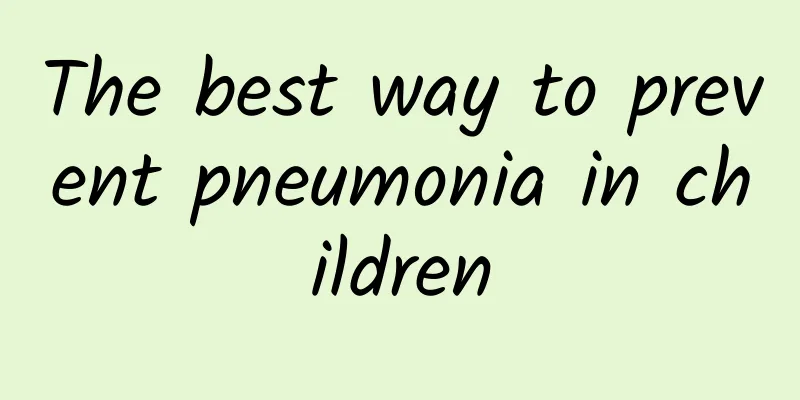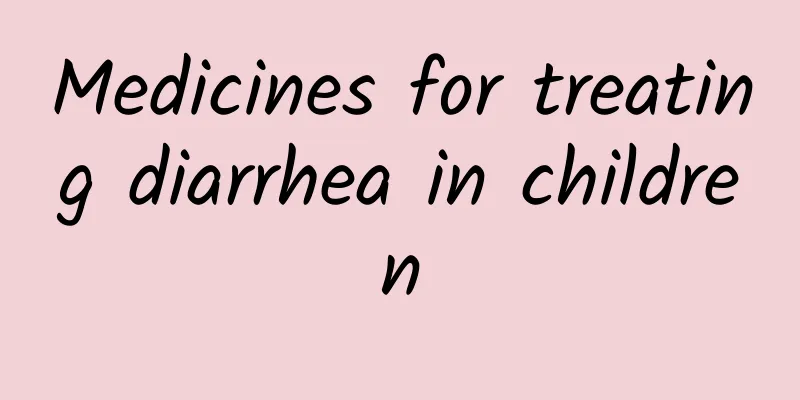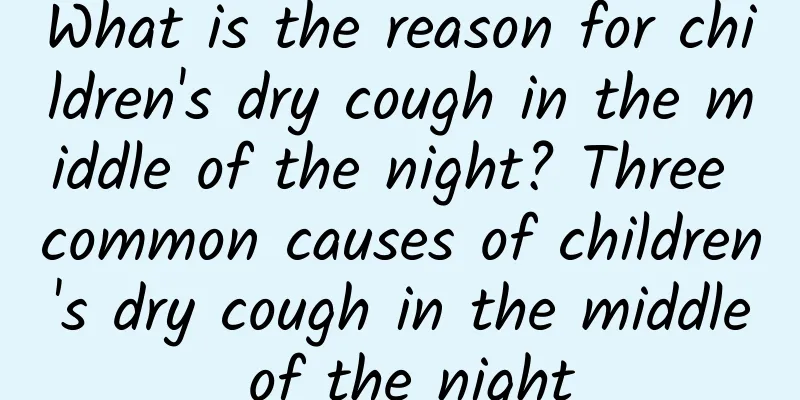What is the most effective way to treat jaundice? How can mothers tell if their children have jaundice?

|
Jaundice, also known as yellow bile, is a symptom and sign of yellowing of the skin, mucous membranes and sclera due to elevated bilirubin in the serum. Certain liver diseases, gallbladder diseases and blood diseases often cause symptoms of jaundice. Usually, when the bilirubin concentration in the blood is higher than 2-3mg/dL (34-51), these parts will show colors that can be distinguished by the naked eye. Next, we will introduce in detail the main symptoms of jaundice. Symptoms of physiological jaundice include: Newborns develop yellowing of the skin, whites of the eyes, and oral mucosa on the 2nd to 3rd day after birth, with varying degrees of severity. It is usually more obvious on the face and chest, but not on the palms and soles of the feet. It is most obvious on the 4th to 6th day, disappears on the 10th to 14th day after birth for full-term infants, and can persist until the 3rd week for premature infants. During this period, the child is generally in good condition and has no other discomfort. It is normal for newborns to have physiological jaundice, but parents should also pay close attention to observation. Generally speaking, physiological jaundice is relatively mild, the bilirubin concentration in the blood is low, and it will not affect the intelligence of children. Symptoms of pathological jaundice include: Jaundice in children may occur within 24 hours after birth, or it may persist, or jaundice may reappear after it subsides, or jaundice may progressively worsen. Pathological neonatal jaundice can also cause manifestations of other diseases, such as kernicterus. When it occurs, the jaundice in children becomes significantly worse, and they begin to show symptoms of drowsiness, weak sucking or choking, and decreased muscle tone. If not treated in time, serious symptoms such as groaning, screaming, convulsions, and respiratory failure may occur. Some children die of respiratory failure, and those who survive often have sequelae such as intellectual disabilities and cerebral palsy. The most effective treatment for jaundice 1. If the jaundice value of the newborn is too high, it is necessary to receive some treatment according to the specific situation of the child's jaundice value. If the jaundice value exceeds 220, the child should be taken to the hospital for blue light treatment in time. Hospital blue light treatment: Now hospital blue light treatment generally requires more than 5 days of full-time care. The cost of blue light itself is not very expensive, mainly nursing costs, but you also need to be mentally prepared. It is about 3000-5000 for a course of treatment. Different places and different hospitals charge different fees. In addition to the possible impact on vision and mucous membranes, no other harm has been found in blue light. Doctors will also protect the eyes and buttocks when doing blue light. 2. If the jaundice value is within 180, conservative treatment can be adopted. You can give your child Yinzhihuang granules for information, which can achieve better results. You can also take your child out to bask in the sun frequently, which will also help your child recover to normal. Holding your baby in the sun, especially the soles of the feet, will have a very good effect. It must be exposed directly, and it will not work through glass. However, you also need to protect your child's eyes. Do not let your child's eyes face the sun directly, otherwise it will have a bad effect on the child's vision development. 3. You can also give your baby more glucose water. The purpose is to let the baby drink more and defecate more, and excrete as soon as possible. Jaundice is not terrible. After all, the chance of nuclear jaundice is only a few percent. But you must be careful to treat and treat jaundice. It is a process that every child must go through. Parents don’t need to worry too much. Listen to the doctor’s advice, give the child medicine and care on time, and he will get better soon. Newborns also need to be given sufficient water. Too little urination is not conducive to the excretion of bilirubin. |
<<: How can pregnant women prevent neonatal jaundice? 7 ways to prevent jaundice in babies
Recommend
Which hospital is good for treating jaundice?
The occurrence of neonatal jaundice makes patient...
How to care for children with pneumonia How to determine whether a child has pneumonia
Babies may suffer from respiratory diseases, mild...
What are the examinations for pediatric hernia? What are the types of pediatric hernia?
Some parents may find that their children have pe...
The most scientific way to prevent pneumonia in children
Neonatal pneumonia is particularly common in life...
What should children eat when they have a cold and cough? There are 4 dietary treatments for babies with colds and coughs
Infants have incomplete functional development in...
16.6 Is neonatal jaundice serious?
16.6 Is neonatal jaundice serious? Neonatal jaund...
What should I do if my child has mumps? How should I treat my child if he has mumps?
Once mumps is found, children should be isolated ...
What are the reasons why newborns are prone to jaundice? Pay attention to the three signs of newborn jaundice
Neonatal jaundice is a condition that many parent...
What tests should be done for diarrhea in children
In life, pediatric diarrhea is a common disease, ...
What is phenylketonuria?
What is the overall profile of phenylketonuria? F...
Where to treat acute laryngitis in children
Where should children with acute laryngitis be tr...
What dietary taboos should be paid attention to when children have hand, foot and mouth disease? Misunderstandings in the care of children with hand, foot and mouth disease
Hand, foot and mouth disease is a relatively comm...
Diagnostic indicators of diarrhea in children
Parents must closely monitor their baby's bow...
Is the cost of early treatment of acute laryngitis in children high?
At present, the incidence of acute laryngitis in ...
What are the early symptoms of polio?
Polio is a very serious disease that often occurs...









